Features
20 Years Later, the ‘Super Smash Bros.’ Series is a Cultural Icon
In terms of cultural influence, it’s hard to imagine any new Nintendo IP in the past twenty years that has been as successful as Super Smash Bros. Calling together Nintendo’s greatest in the quest to settle differences with fisticuffs, Smash has evolved from strange spinoff to console-seller in the twenty years since its release. The pre-launch hype-sessions, started by series creator Masahiro Sakurai for the release of Super Smash Bros. Brawl, has morphed into full-on weekly press releases. Playground talk of unlocking Sonic and Tails in Super Smash Bros. Melee has evolved into long discussions, by YouTube channels like GameXplain, delving into leaks, data mines, and more. The advent of DLC has added to this, extending the hype for new characters years into the release of a new Smash.
Before the days of social media, rumors like this were just plain cruel.Smash has become one of Nintendo’s greatest icons, one of its premiere cash cows, and a testament to the evergreen nature of its IP. One need look no further than the inclusion of Roy and Marth into the European and North American versions of Melee to note that a series’ inclusion in Smash can make it or break it. Oftentimes, Smash’s inclusion of a character can pave the way for the subsequent localization or revival of their series (well, unless it’s Mother 3). Far from its original status as something of an inside joke, (what reason would the lovable Mario and the adorable Yoshi have to beat each other to a pulp?), Smash has taken its place as one of the Big N’s juggernauts. With the release of every new Nintendo console, after the hype has died down for the new Super Mario and the new Zelda, there remains that one, inescapable question “Where’s Smash?”
That such a niche series released at the end of the Nintendo 64’s lifespan could generate so much love, admiration, and joy amongst the Nintendo faithful (and gamers in general), is a testament to the vision of series director Masahiro Sakurai. A man known for his commitment to the absolute best, no matter the cost (either physical or mental), Sakurai’s nigh-fanatical dedication to his craft as lead him allowed him to create a series that has maintained its quality across five consoles and a handheld. That’s no easy feat. That the Internet refers to him as “Daddy Sakurai” reflects not only on its own ability to make everything good and wholesome into a meme but also on the degree to which Sakurai has embedded himself within the mythos surrounding the series. Despite leaving HAL Laboratory and founding his own company, Sora Ltd., Sakurai has returned for every Smash game since, a testament to his indefatigable dedication.
The ‘Smash Bros.’ cast has grown by an unimaginable amount since its original release.While he has made his fair share of missteps as the game’s leading figure–Brawl’s addition of tripping comes to mind rather quickly–his time with the series has, overall, been a positive one. With Super Smash Bros. Ultimate, it seems as if Sakurai has finally achieved balance between the casual and hardcore fans of the series, an achievement that, as recently as the release of Brawl in 2008, would have seemed impossible. One only need look as far as the design of characters like King Dedede or Luigi to notice the vibrant personality that Sakurai infuses into each and every one of Smash’s ever-growing roster.
As Smash turns twenty, there’s something incredible about how it’s all turned out. From twelve characters in the original Super Smash Bros. to seventy-six (and counting) in Ultimate, Smash has evolved beyond everyone’s wildest expectations. Here’s to another twenty years of pure, Smashing fun.
What is your favorite Super Smash Bros. memory? Sound off in the comments below.

-

 Features4 weeks ago
Features4 weeks agoDon’t Watch These 5 Fantasy Anime… Unless You Want to Be Obsessed
-

 Culture3 weeks ago
Culture3 weeks agoMultiplayer Online Gaming Communities Connect Players Across International Borders
-

 Features3 weeks ago
Features3 weeks ago“Even if it’s used a little, it’s fine”: Demon Slayer Star Shrugs Off AI Threat
-
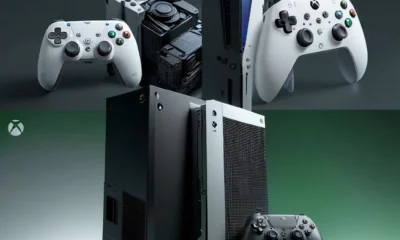
 Features1 week ago
Features1 week agoBest Cross-Platform Games for PC, PS5, Xbox, and Switch
-

 Game Reviews3 weeks ago
Game Reviews3 weeks agoHow Overcooked! 2 Made Ruining Friendships Fun
-

 Features2 weeks ago
Features2 weeks ago8 Video Games That Gradually Get Harder
-

 Game Reviews3 weeks ago
Game Reviews3 weeks agoHow Persona 5 Royal Critiques the Cult of Success
-
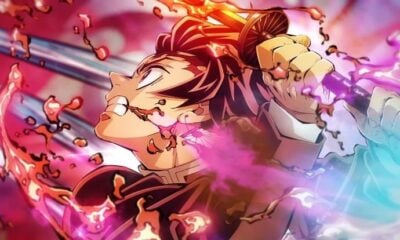
 Features1 week ago
Features1 week agoThe End Is Near! Demon Slayer’s Final Arc Trailer Hints at a Battle of Legends
-
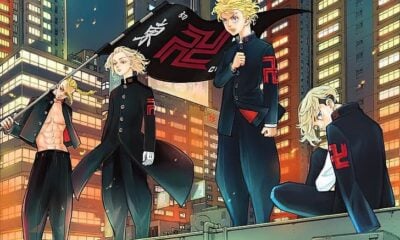
 Features2 weeks ago
Features2 weeks agoDon’t Miss This: Tokyo Revengers’ ‘Three Titans’ Arc Is What Fans Have Waited For!
-

 Guides2 weeks ago
Guides2 weeks agoHow to buy games on Steam without a credit card
-
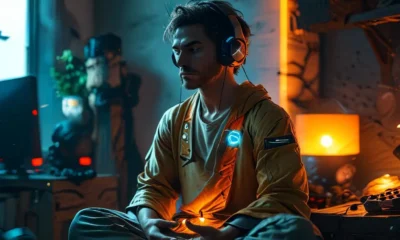
 Uncategorized2 weeks ago
Uncategorized2 weeks agoSleep Meditation Music: The Key to Unwinding
-
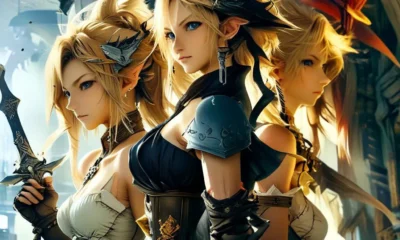
 Game Reviews1 week ago
Game Reviews1 week agoFinal Fantasy VII Rebirth Review: A Worthy Successor?






















